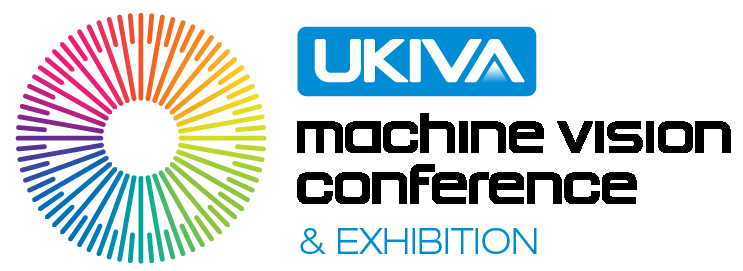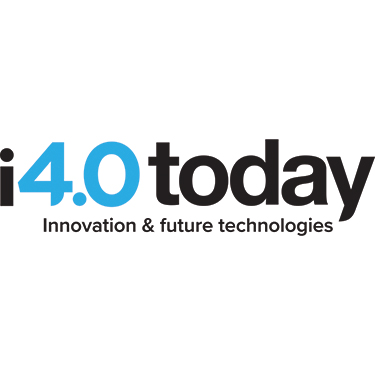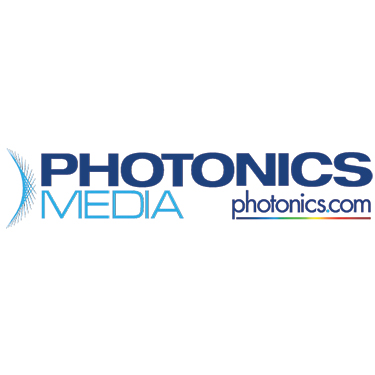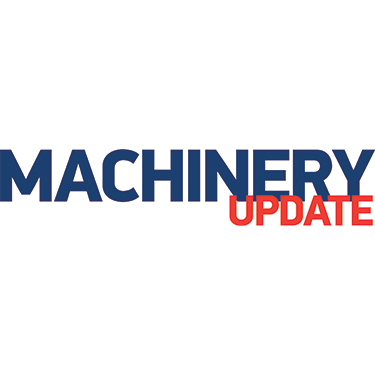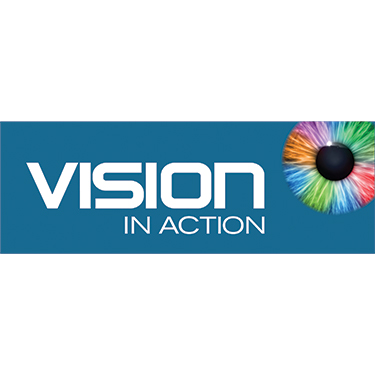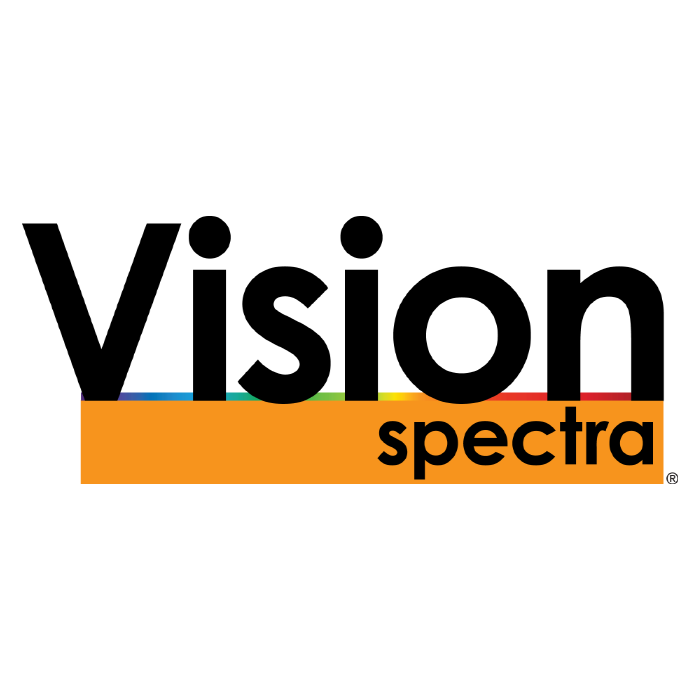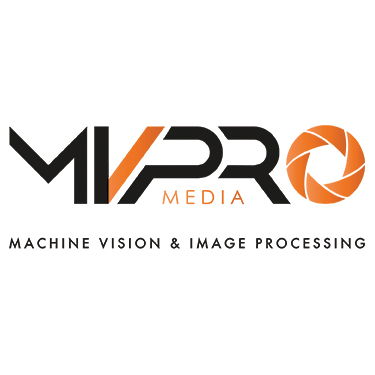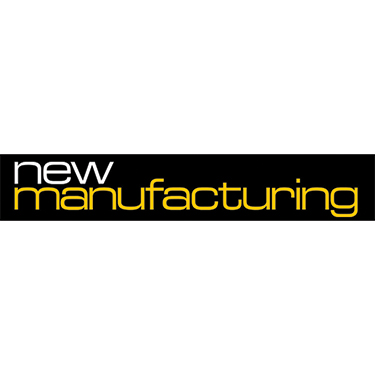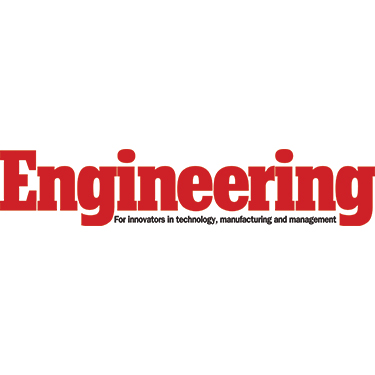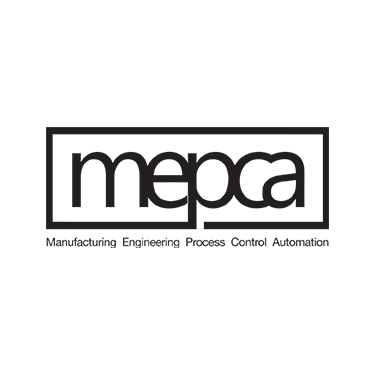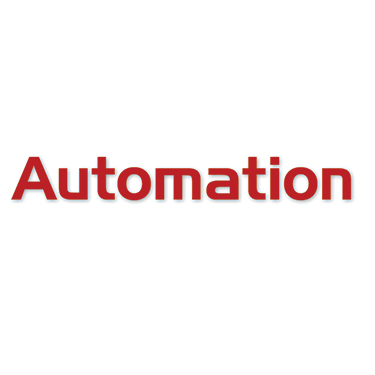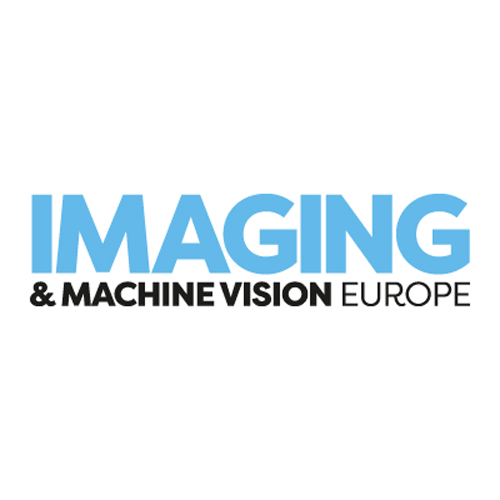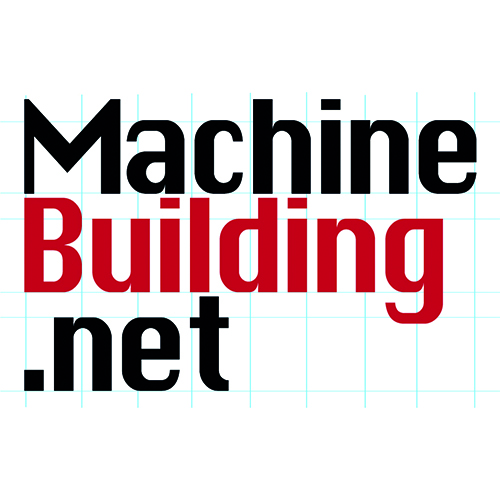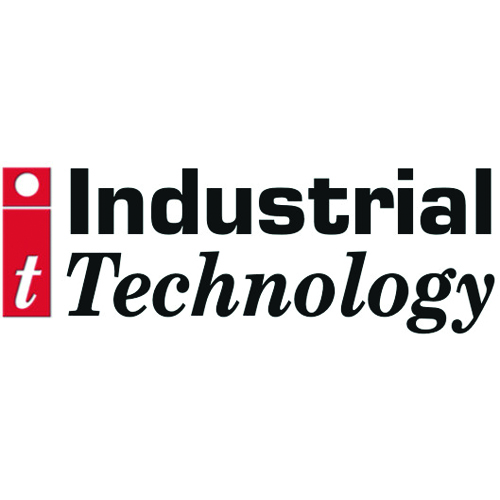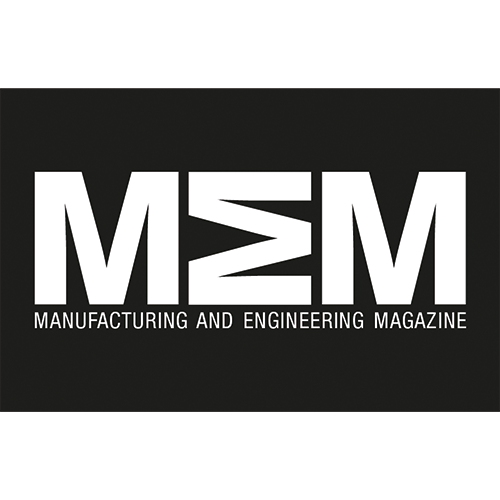Keeping us moving
An area that now benefits from vision, that affects us all, is transportation and traffic. Monitoring of traffic and in particular Automatic Number Plate Recognition (ANPR), has changed the face of our roads, but there has also been considerable use in railway applications.

Controlling traffic
Traffic applications are many and varied and can include ANPR, toll booth control, multi-lane monitoring, automatic toll licence validation, red light violation, traffic enforcement systems, vehicle recognition and identification, vehicle occupancy and speed monitoring. Although many will comment on speed detection, ANPR is actually greatly increasing the effectiveness of our homeland security with image data, networked throughout the UK, to detect or find vehicles of interest. This wide range of applications have been made possible by developments in lighting and lighting control technology, the versatility in functionality and triggering offered by modern image sensors and sophisticated software. In particular, high dynamic range cameras are available which can provide more than 1000x the dynamic range of conventional sensors. These cameras can produce high quality images of moving objects in widely varying lighting conditions, for example in the open air where the sun may come in and out at random times, underground car parks, tunnels or traffic monitoring at night (for example checking registration number plates without interference from the vehicle headlights). Cameras can accept trigger signals from motion detectors, barriers being raised, pressure sensors etc. A wide choice of image sensors allow the most suitable resolution to be chosen for the application. For example, resolution choice could be influenced by the field of view necessary, such as the number of traffic lanes to be covered, different sizes of number plates etc. Line scan technology is also used in vehicle inspection applications such as high integrity under vehicle surveillance. This can be used at airports, prisons, border control, and other high security facilities to detect foreign objects such as explosives hidden under vehicles.

Keeping on track
There are many examples of the use of vision technology on the railways both trackside and mounted on the trains themselves, even though the operational conditions are demanding. Cameras and imaging systems can be exposed to extremes of weather, vibration and physical wear. Line scan technology is being used to inspect the rails, sleepers and ballast for early detection of failure at speeds over 100 MPH, to a resolution of 0.8mm. Used in conjunction with cutting-edge pattern recognition software, this can automate the detection of track defects to help increase the safety of the railway network in a way that was previously impossible.

